Part 3: Dances of Central and Northern Europe
8 Dances of Central Europe: Hungary, Slovakia, and Czechia
1. A little history
In this chapter, we are going to look at the dances and music of three central European countries: Hungary, Slovakia, and the Czech Republic (a.k.a. Czechia). We’re doing these countries together because there is a fair amount of similarity in many of the dances done in these countries, even though they represent different ethnic populations.
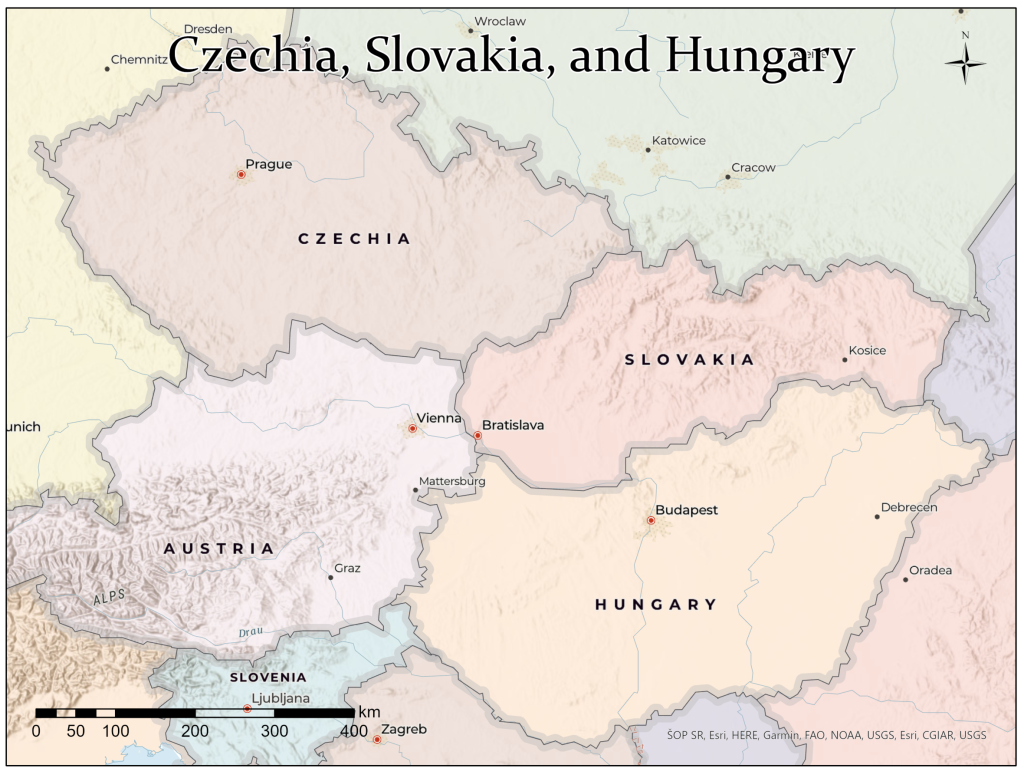
The Magyar or Hungarians are only one of a few groups of people in Europe who don’t speak an Indo-European language. Their language is Finno-Ugric and is related to Finnish and Estonian. The Czechs and Slovaks by contrast speak closely related Slavic languages: Czech and Slovak. These languages are similar to Polish and Ukrainian. In these countries, there are also significant minorities of German-speaking, Croatian-speaking, Romanian-speaking, Romani-speaking and Rusyn (Ruthene)-speaking populations.
Hungary, Slovakia, and The Czech Republic were all part of the Austro-Hungarian Empire before the First World War. After the war the Czech region and Slovakia became part of a single country called Czechoslovakia. Moravia, located between Slovakia and The Czech Republic (or Czechia), made up the third part of the new nation. Czechoslovakia split apart when the Iron Curtain fell in the 1990s and now there are two democratic republics.
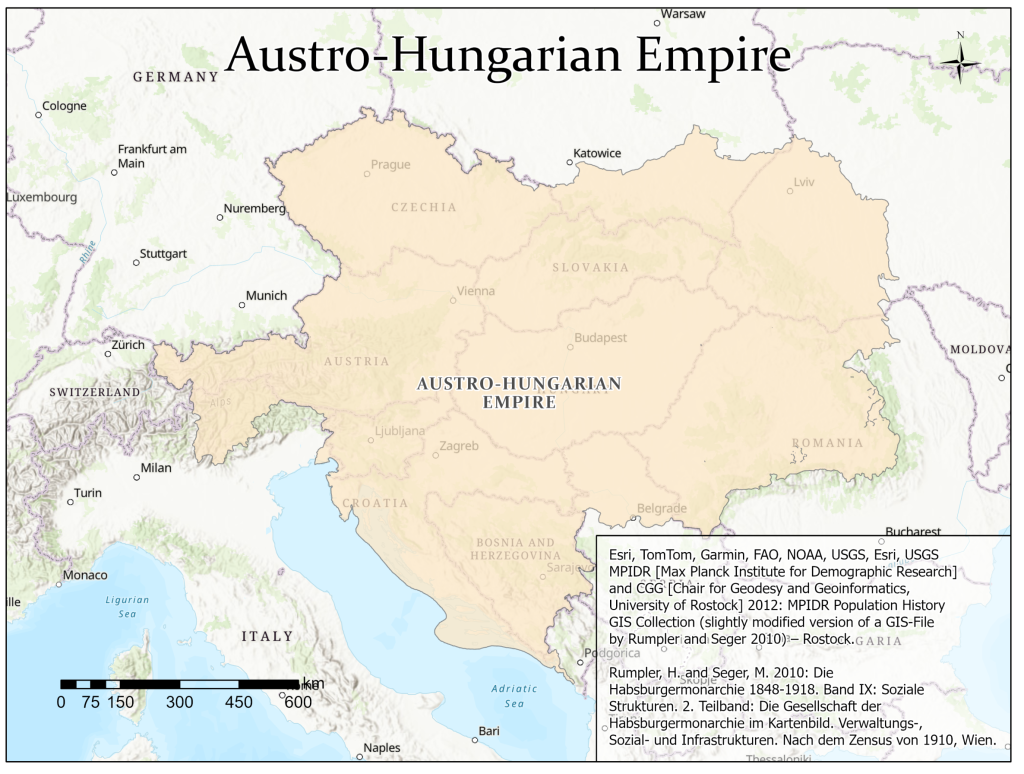
The Czech Republic consists of two major regions culturally. In the west there is Bohemia, which musically and dance-wise has more in common with Austria and Germany. In the East, Moravia is culturally similar to Hungary and Slovakia.
Much of Slovakian dancing and music is similar to Hungarian music and dance, but in border regions you also find similarities to Polish and Ukrainian dance.
2. Costumes
Women’s costumes from the region are usually covered in very colorful floral embroidery. Women’s skirts often sit on top of as many as seven stiffly starched, finely pleated petticoats. Their white blouses have puffy sleeves and lace borders. Often, they wear either a vest or a fancy silky shawl with long silky fringe over their blouses. A matching silky apron partially covers their skirts in back. The complement their festival ensembles with flowered or heavily beribboned headpieces.
Men typically wear either black pants, or white/cream pants that have heavy embroidery on the front, often using geometric designs. Over their blousy, long-sleeved white shirts, men usually wear a black open vest. Men’s footwear often includes knee high boots that the dancers slap to make noise. Men wear black fedora hats.
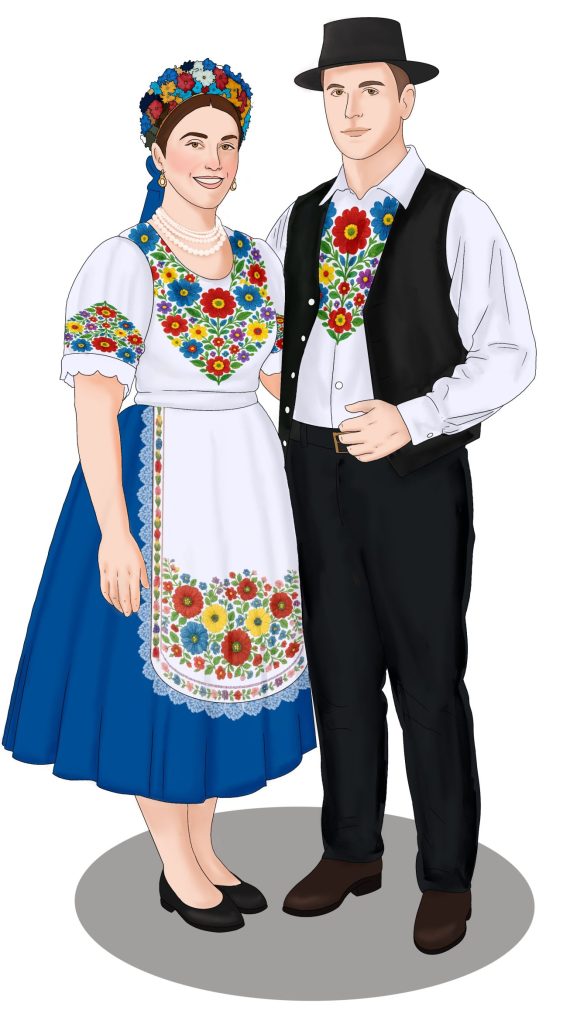
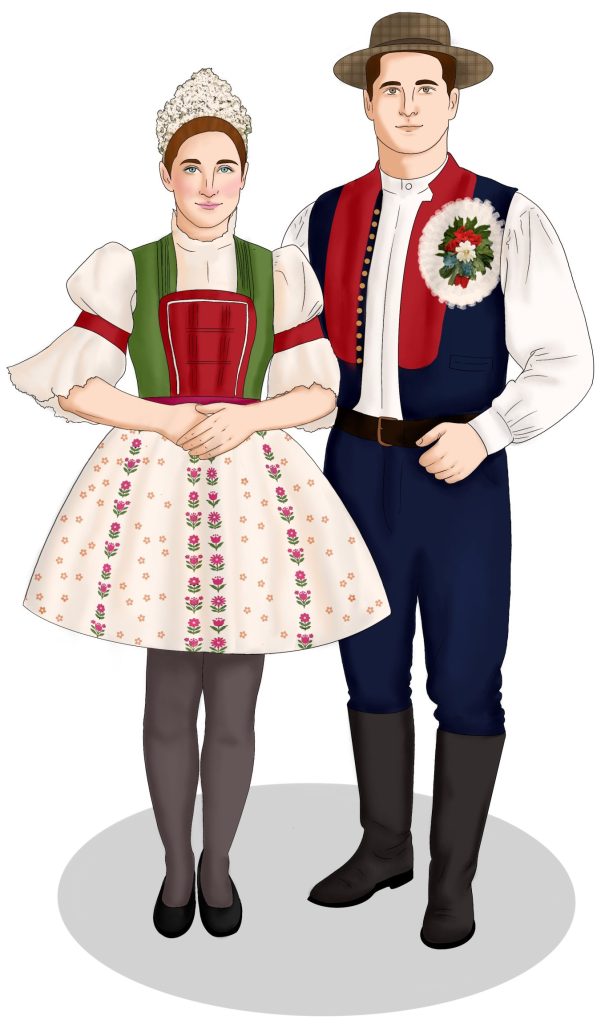
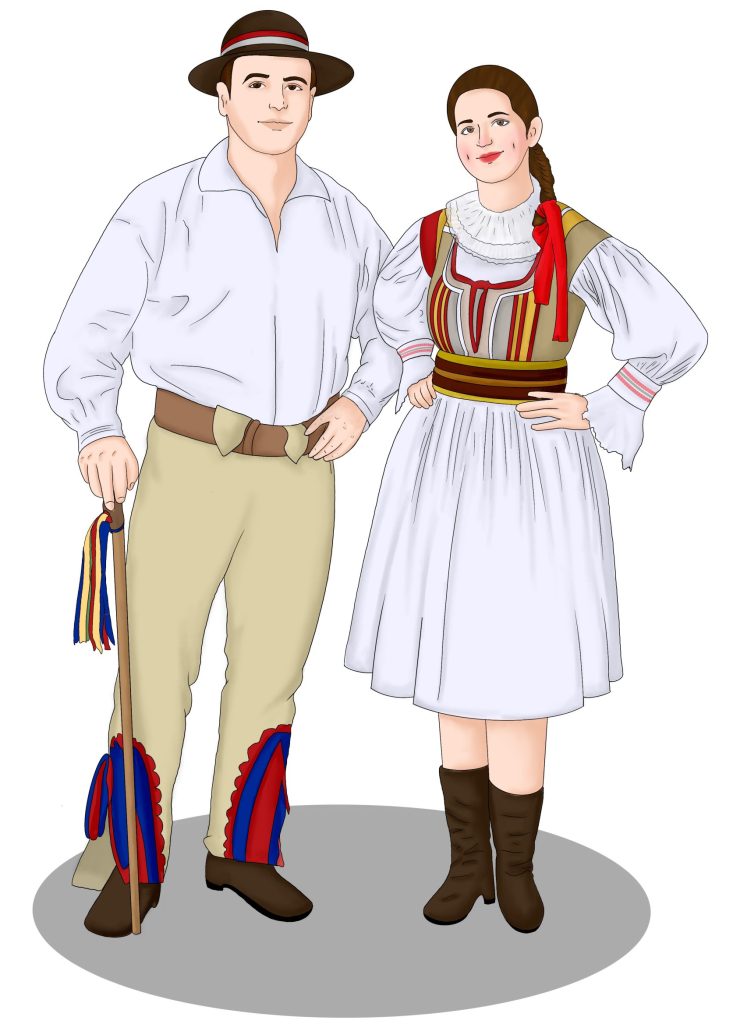
3. Music
The primary instrument in the music[1] of this region is the violin. The rich violin duos of Hungarian folk music underlie many of the canonical melodies in classical music. Famous classical musical composers like Bartok and Dvorak went out into the villages and notated (folk) tunes and arranged them into now famous orchestral pieces.
Violins became popular among villagers sometime during the mid-1800s when they went into mass production, and therefore, became affordable. There are other traditional instruments as well. In the following picture, you’ll see in the top row a davul drum, a czoba or short-necked lute, and a cimbalom, which is a hammered string instrument that’s an ancestor to the piano. On the bottom row, there’s a duda (a bagpipe) – called a Bock in Czech, a terkero or hurdy gurdy, a tárogáto, which is shawm-like instrument related to the clarinet and oboe and a doromb or jaw harp.
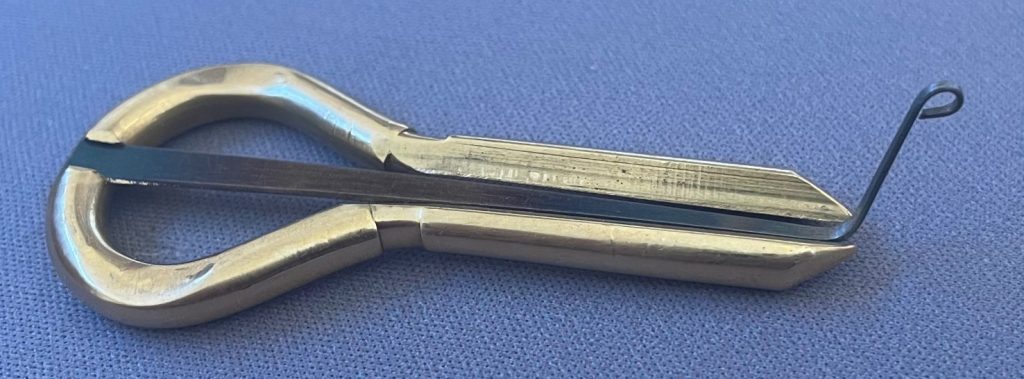
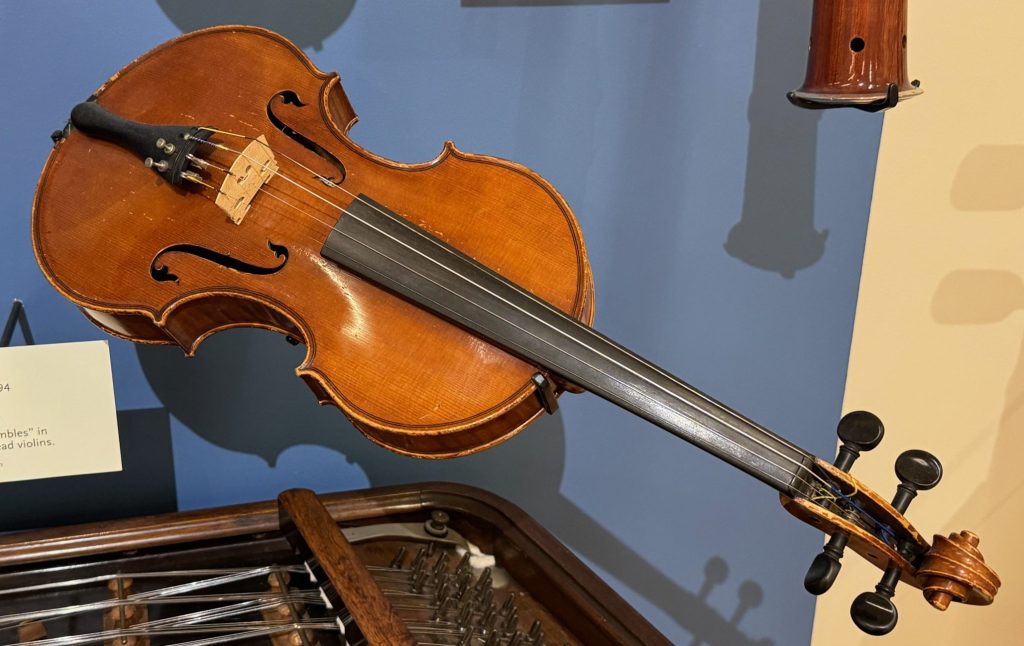
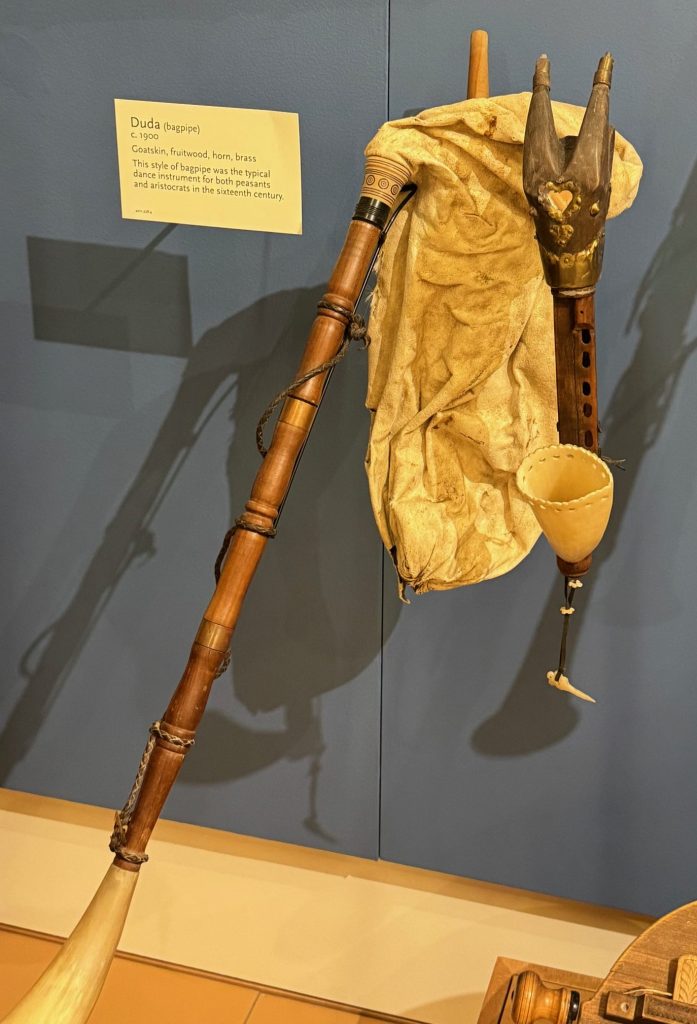
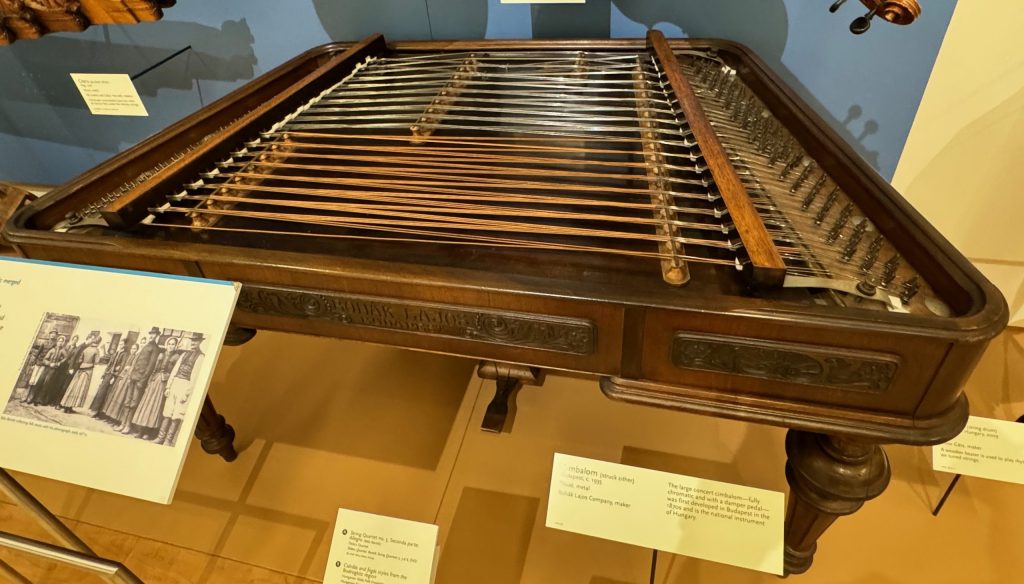
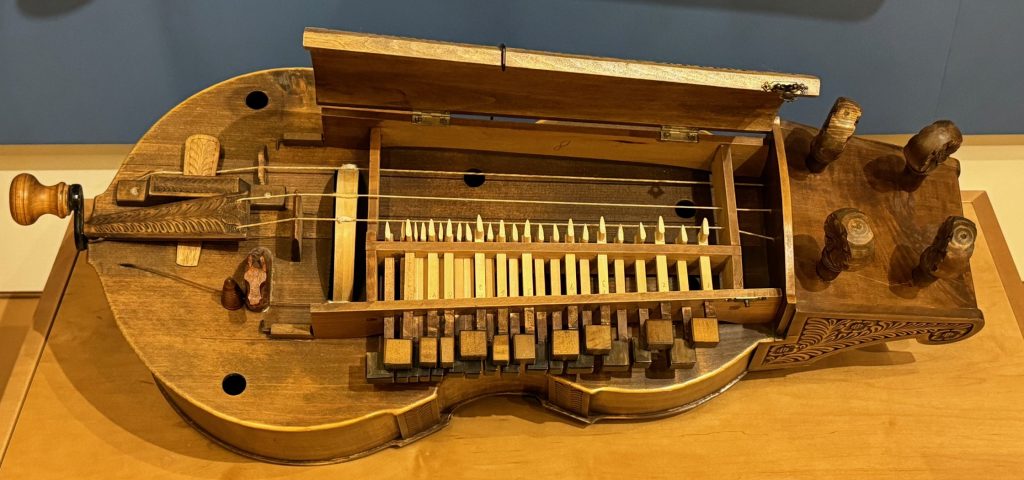

The gardon looks like a cello but is played like a percussion instrument. This last instrument is particularly prominent in the music of the Csángo people, who are Hungarian speakers who live in Romania.
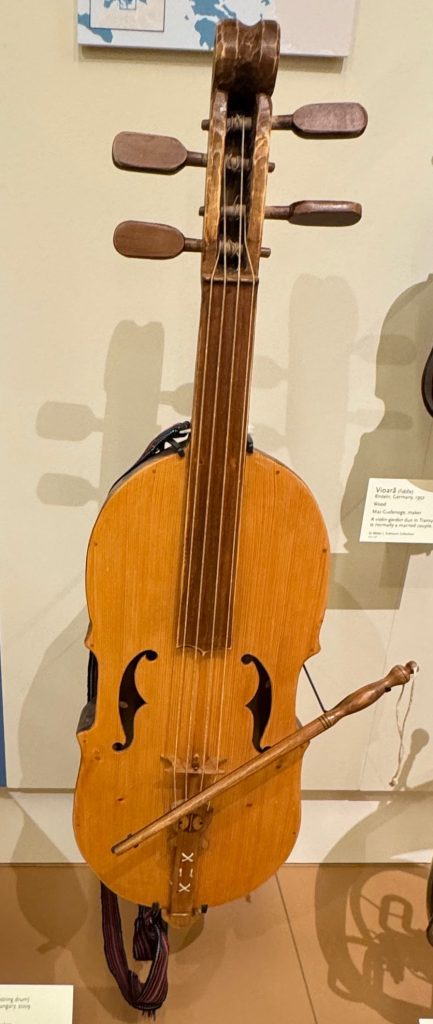
- Jaw Harp (Doromb) music: https://youtu.be/5wDmGFXJRIk
- Duda Music: https://youtu.be/7EDAOasa9UU
- Cimbalom music: https://youtu.be/IF8DfxaDdzo
- Csango Music: https://youtu.be/x4cqNdFa-XU
- Czech Music: https://youtu.be/gYDKmYBQbS0
- Bartok: https://youtu.be/ZlXIHoghHto
- Brahms: https://youtu.be/-cr39My8GgA
- Csardas: https://youtu.be/wIq43M68nP0
4. Dances
The most characteristic dance of the region is the Csárdás (Hungarian), Czardas (Slovak), Čardaš (Czech). This is a couple dance that rotates to the right and left but doesn’t move around the room. There are traditionally two parts to a csardas. They start out slow (lassu) and move into a friss(or fast figure). Every region has its their own distinctive style of Csardas. Perhaps the most impressive Csardas is the Meszőségi Csárdás, where the woman does very fast spins while turning around the man. Starting in the 1970s, Hungary started seeing the emergence of a new tradition called tanchaz or “dance houses” in urban centers where you could go and do csardas for hours on end to live music.
The verbunk is another common style of dance from this region.[2] Before World War I, verbunk dances were done by teams of military officers wearing impressive costumes. These recruiters would (who would) travel from village to village seeking out young men suitable for the army. Their impressive slapping, heel-clicking and leaping figures were meant to encourage young men to sign up for the military. Verbunks were the original flashmobs. Typically, they’d start with one or two dancers doing a routine where they’d slap their boots and arms and then others would join in as the music sped up. The verbunk is related to the plattls of Germany, which are also men’s slapping and clapping dances. The verbunk is found throughout Hungary, Slovakia, and the Czech Republic.
There are also much older traditions of circle dances in the region, which include the Karikázo and Csángó dance. Hungarian girls dance Karikázos to their own singing, often starting slowly and building up speed and excitement toward the end of the dance. The Csángó are Hungarians who live in Romania, so their dances have elements borrowed from Moldova and Romania. Characteristically, they have rapid steps and lots of stamping; and they often become rather frantic speed-wise toward the end.
In Bohemia (In the Czech Republic), the dances are quite different in style. They feel more similar to German dances. While we associate Polkas with Poland and Germany, the dance probably originated in Bohemia.
- Meszőségi Csárdás: https://youtu.be/yiXCHMv-3QA
- Slovak Czardas: https://youtu.be/sSKqrhXGrUw
- Czech Czardas: https://youtu.be/J3IWuPX29os
- Tanchaz: https://youtu.be/H9CDq0rQt3U
- Street dancing in Budapest: https://youtu.be/ub7z0_2Ye3M
- Verbunk: https://youtu.be/TYgl6qfPdd4
- Hungarian-American performance group (Starts with a Verbunk then moves into a Csardas): https://youtu.be/aWCU2xYREp0
- Transylvanian Flashmob: https://youtu.be/AwuzvoXQ14k
- Karikázo: https://youtu.be/YzhDD-7-kNk
- Csango dance (Ördög Útja): https://youtu.be/FKFHr0PM5Vw
- Bohemian National Polka: https://youtu.be/K2slLH_9jMk
Further Reading
- Buday (1950); Crane-Geary (1922); Czompo (1998); Czompo and Ann Czompo (1979); Heimann (2009); Martin (1974); Molnár and Magyar (2001); Rearick, Elizabeth (1939); See the reference section at the end of the book for full citations
- http://www.socalfolkdance.org/articles/csardas_and_verbunk_reisz.htm
Some Suggested Dances for Teaching
Hungary
- Kortanc: http://folkdancemusings.blogspot.com/2014/03/kortanc-varba-harangoznak-hungary.html
- Adjon Az Isten: http://folkdancemusings.blogspot.com/2014/01/adjon-az-isten-hungary.html
- Születésnapra: http://folkdancemusings.blogspot.com/2014/03/for-birthday-szuletesnapra-hungary.html
- Regi Tanc: http://folkdancemusings.blogspot.com/2015/09/regi-tanc-hungary.html
- Ne Felj Lanyom: http://folkdancemusings.blogspot.com/2014/04/ne-felj-lanyom-hungary-dance-arranged.html
- Duda Nota: http://folkdancemusings.blogspot.com/2014/01/duda-nota-hungary_2.html
- Ugros: http://folkdancemusings.blogspot.com/2014/03/ugros-hungary.html
- Szekely Friss: https://folkdancemusings.blogspot.com/2019/01/szekely-friss-hungary.html
Csángó dances
- Ördög Útja: http://folkdancemusings.blogspot.com/2015/03/drumul-dracului-ordog-utja-romania.html
- Gergelytánc: https://folkdancemusings.blogspot.com/2022/01/gergelytanc-hungary.html
Czechia & Slovakia
- Mistrinska: https://folkdancemusings.blogspot.com/2022/12/mistrinska-pumpr-and-bonusova-version.html
- Doudlebska Polka: http://folkdancemusings.blogspot.com/2014/01/doudlebska-polka-czech.html
- Horehronsky Čardaš: http://folkdancemusings.blogspot.com/2014/07/horehronsky-cardas-czardas-slovakia.html
Media Attributions
- Figure 8.1: Map of Czechia, Slovakia and Hungary © John. W. W. Powell, used with permission. Additional GIS data cited in map.
- Figure 8.2: The Austro-Hungarian Empire © John W. W. Powell. Used with permission. Additional geospatial data cited in map.
- Figure 8.3: Hungarian Costume © Asma. Used with permission
- Figure 8.4: Czech costume © Asma. Used with permission
- Figure 8.5: Slovak costume © Asma, Used with permission
- Figure 8.6: Doromb © Andrew Carnie, personal collection
- Figure 8.7: Hungarian Violin © Musical Instrument Museum, Phoenix. Used with permission
- Figure 8.8: Duda, Hungary © Musical Instrument Museum, Phoenix. Used with permission
- Figure 8.9: Cimbalom, Hungary © Musical Instrument Museum, Phoenix. Used with permission
- Figure 8.10: Kintora, Hungary © Musical Instrument Museum, Phoenix. Used with permission
- Figure 8.11: Tarogato, Hungary © Musical Instrument Museum, Phoenix. Used with permission.
- Figure 8.12: Gardon © Musical Instrument Museum, Phoenix. Used with permission
- http://folklife.hu/roots-to-revival/traditional-culture/music-and-dance/folk-musical-instruments/ ↵
- http://www.socalfolkdance.org/articles/csardas_and_verbunk_reisz.htm ↵

